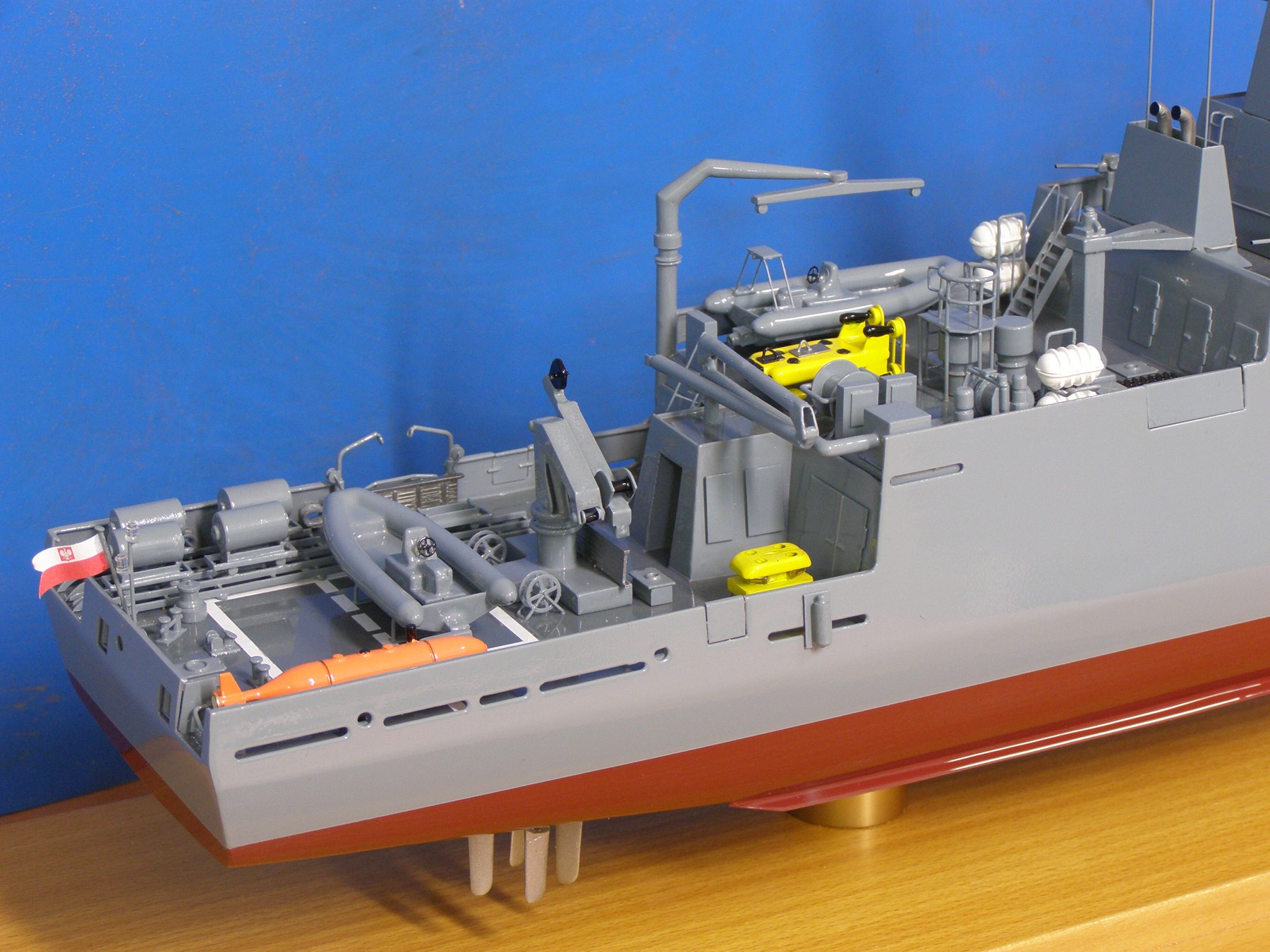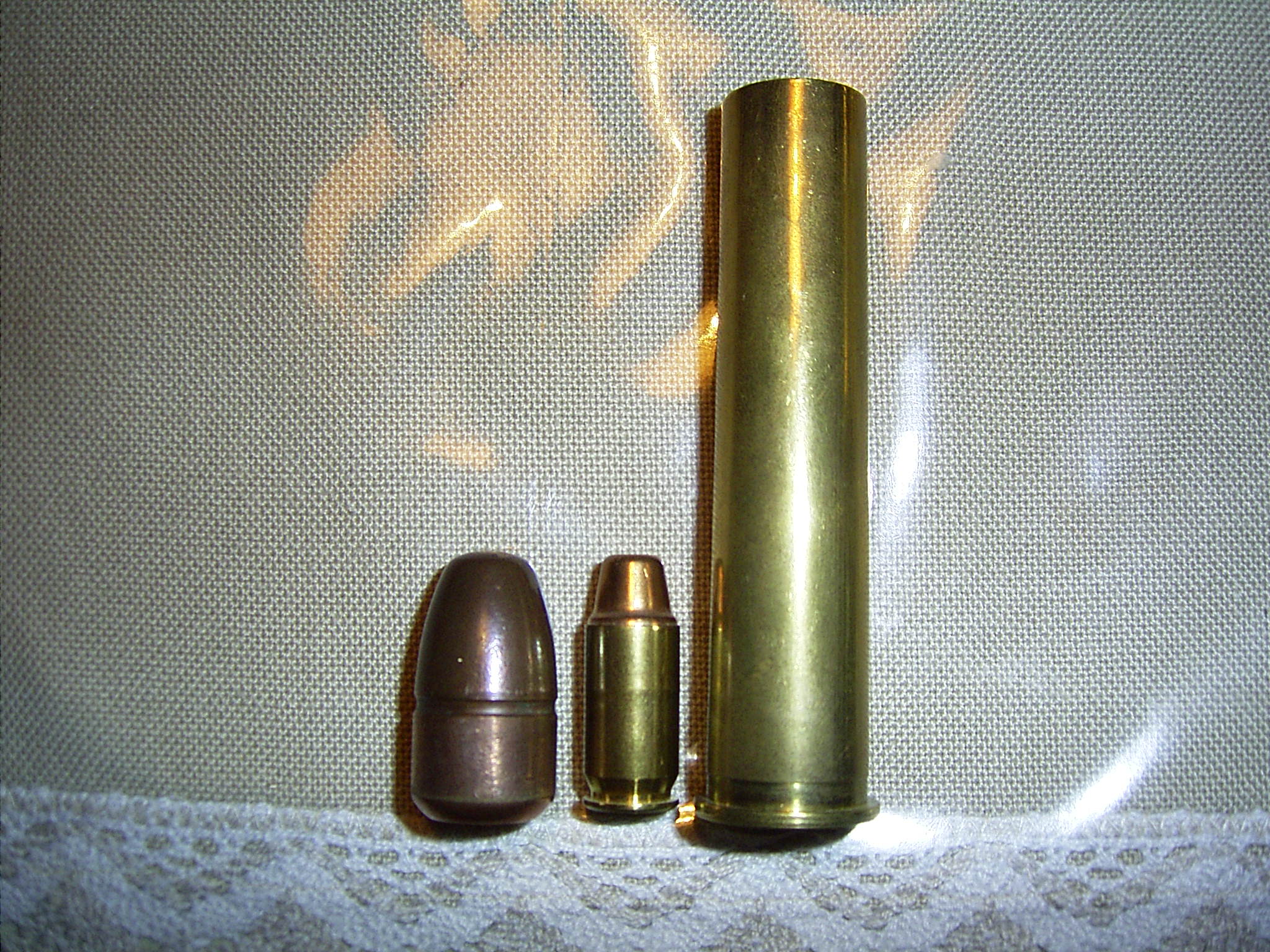
ORP Kormoran - a Navy dream come true?
ORP Kormoran moments after leaving the floating dock in which it was launched. Photo by Yaroslav Cislak
On September 4, at the Remontowa Shipbuilding shipyard in Gdansk, Mrs. Maria Karveta, the widow of the Commander of the Navy, Admiral of the Fleet Andrzej Karveta, who tragically died in a plane crash near Smolensk, christened the prototype of the project 258 minhunter - ORP Kormoran. . The ship, which is the brainchild of the admiral, is still far from the sea, but today it is worth getting to know this structure better. This is supposed to be a dream come true for a unit of this class, probably nurtured by everyone who has been in command of the naval type of the Armed Forces since the late 80s ...
We will not dwell on unsuccessful attempts to obtain mine fighters for our fleet. We will present this interesting story widely
in one of the next releases of MiO. For clarity, we will only add that the code name "Kormoran" was previously used for the base project 256 minesweeper, project 257 minesweeper, and now - as "Kormoran II" - it is used for the project 258 unit discussed here.
Plastics, development work, projects
The beginning of the history of Kormoran II dates back to the end of 2007. At that time, the Department of Defense Policy of the Ministry of National Defense (DPZ), based on the preliminary design and preliminary design of the 257 Kormoran, developed by the Naval Shipyard Directorate, adopted the basic principles of the program, i.e. Initial tactical and technical assumptions for the mine destroyer (STMR No. 1/2008 dated June 20, 2008). Following this, the DPZ initiated the procedure DPZ/U/19/BM/R/1.4.38/2008 entitled “Modern project 258 minhunter - code name Kormoran II, Determination of design assumptions (DZP) using documents produced as part of the work of Kormoran” [draft 257 - author's note], announced May 6, 2009 with a preferred completion date of October 20, tr. The purpose of the LAR for Kormoran II was to indicate the changes that need to be taken into account in relation to the 257 project, together with an assessment of the capabilities of the national centers in terms of project implementation. In addition, the OZP included a feasibility study, the essence of which was to make a reasonable choice of building material for the ship, as well as an indication of the technically and financially optimal option for obtaining a mine hunter. It had to take into account the technical and technological potential of potential contractors. The analysis was to form the basis for the development of the Technical Design and was to be completed in the 2009 quarter of 2012. Then it was assumed that the prototype destroyer would be built in XNUMX…
On September 21, 2009, the director of the DPZ approved the minutes of the procedure. Proposals were received: consortium Centrum Techniki Okrętowej SA from Gdansk (CTO), Stocznia Marynarki Wojennej SA from Gdynia (SMW) and OBR Centrum Techniki Morskiej SA from Gdynia (CTM), Naval Engineering & Design NED Sp. z oo from Gdansk and PBP Enamor Sp. z oo from Gdynia. The winner was the consortium that developed the RFP for PLN 251,5 thousand. PLN until November 31, 2009. The composition of this group may have indicated that the preferred material for vessel construction would be paramagnetic austenitic steel, characterized by very low magnetic permeability and corrosion resistance. This was the result of CTM's previous experience and discussions of cooperation with the German shipyard Lürssen in the implementation of the 257 project. Probably at that time it was planned to build its prototype in Germany, with the subsequent transfer of competencies to SMW and the continuation of the series in the country.
As a result of the analysis, three options for the design and equipment of the prototype were considered, taking into account the cost and capabilities of domestic and foreign shipbuilding - at a domestic shipyard, abroad and a hull abroad with completion in Poland. Potential manufacturers were invited to submit their capabilities, including those from Italy, Spain and Germany. One element of the material selection analysis of the ship's structure was strength tests conducted by Polish research centers to test the mechanical impact and puncture resistance of various structural materials, including steel and plastics (polyester-glass laminates, LPS).
According to the results of the technical analysis, the consortium gave a positive opinion on austenitic steel for the manufacture of the hull and superstructure of the ship. The review focused on two main materials evaluating technologies: austenitic steel, LPS with stiffeners, LPS without stiffeners, and laminated LPS. As a result of a comparative assessment, equivalent methods were indicated - non-magnetic steel and LPS without stiffeners, where the former received the advantage. Thus, other potential materials were "lost": carbon laminates, polyethylene and aluminum alloys, and with them most of the world's manufacturers of ships of this class. The results of the above work were reviewed and evaluated by the Armaments Council of the Ministry of National Defense and were accepted, at the same time being a guide for the further procedure for obtaining mine destroyers for the Polish Navy.
Unfortunately, 2010 was a lost year for the program, because at that time the Ministry of Defense did not provide for its funding. The case was reopened a year later. On May 27, 2011, the Tactical and Technical Regulations No. 2/2010 were approved, and on July 29, tr. The Armaments Inspectorate (IU) has published an invitation to sign a contract for the development of the "Modern mine hunter Kormoran II". Applicants: Remontowa Shipbuilding, SSR Gryfia SA from Szczecin, CTM (together with: SR Nauta SA from Gdynia, SMW and CTO SA from Gdansk), PBP Enamor Sp. z oo from Gdynia and about. Lürssen Werft GmbH & Co. KG from Bremen. The Contractor was to develop: the concept of the implementation of the design and construction of Kormoran II with a task-term-financial schedule, changes to the Draft Design in terms of the implementation of ZTT No. 2/2010 in order to fulfill the Terms of Reference. Design and development project, as well as purchase materials, instruments, weapons and equipment in accordance with the ZTT No. 2/2010, build a prototype, equip it and arm it. Subsequently, it was about the development of a draft R&D program, the preparation and conduct of the necessary tests, shipbuilding and acceptance tests of a prototype for compliance with ZTT No. 2/2010, taking into account the Technical Design and Working Works. Design and then commissioning of the plant in full working order, as well as the implementation of the Technical documentation for the supply.
